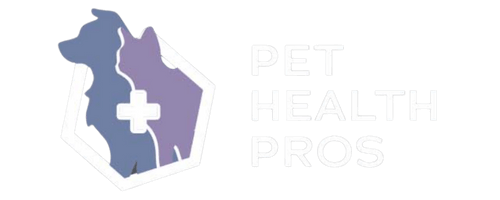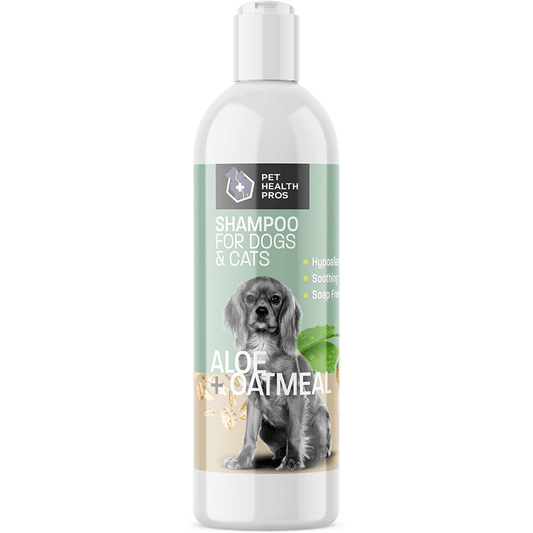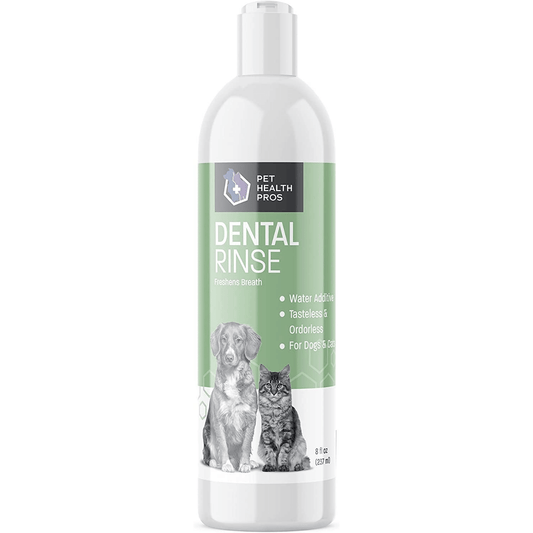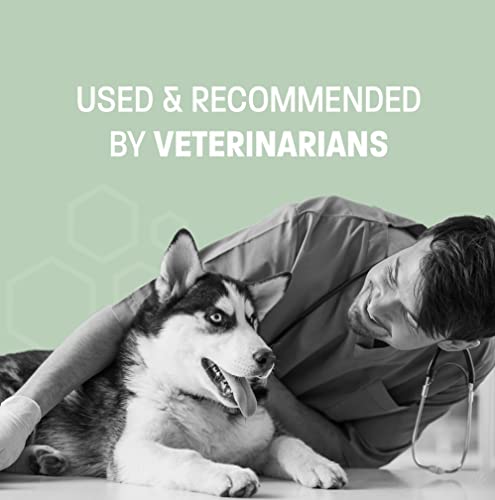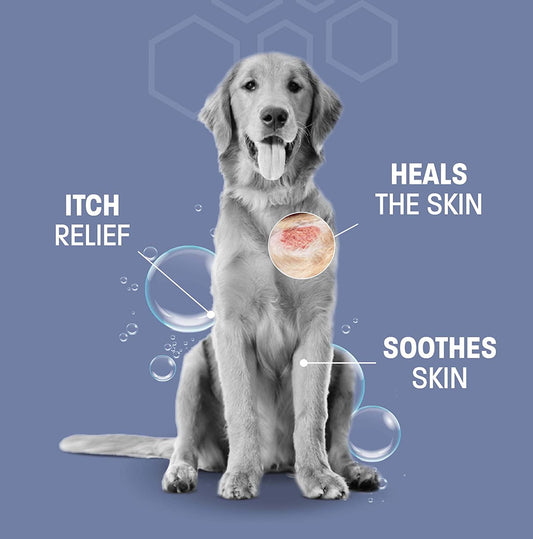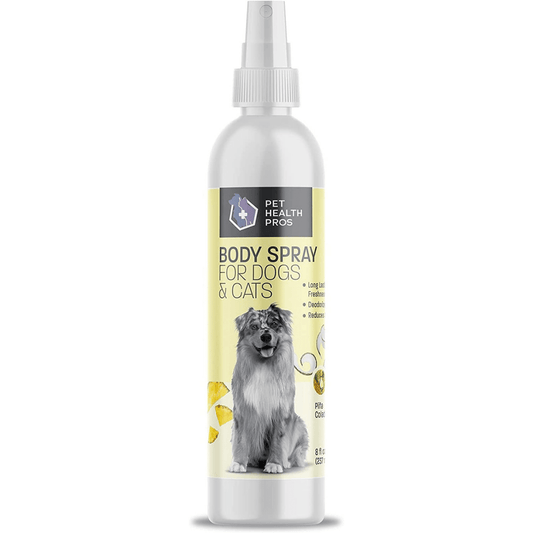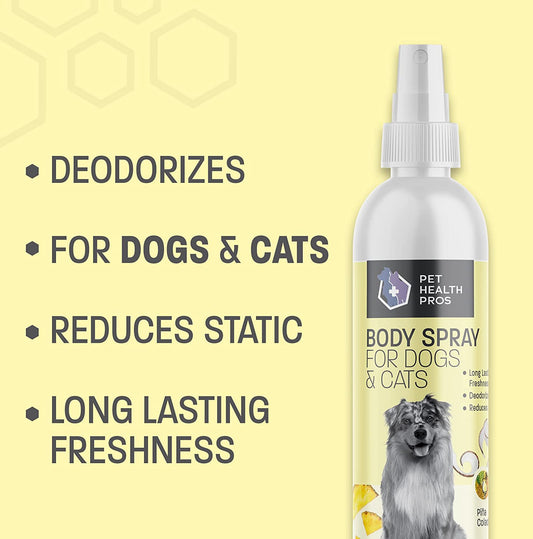Anal gland expression is a topic often surrounded by confusion for many dog owners. Pet Health Pros demystifies this essential procedure, offering clarity on its importance and when and how it should be done.
The anal glands, also known as anal sacs, are a mysterious part of a dog's anatomy. They produce a foul-smelling substance for marking territory and communication with other dogs. These sacs usually empty during regular bowel movements, but can become impacted or infected.
Knowing when they need attention is essential. Signs include: scooting their rear end, excessive licking/biting around the tail area, and a strong odor. If noticed, it's time to address your dog's issue!
Expressing them at home requires gloves and tissues. Gently lift the tail and locate the two holes on either side of the anus. Applying pressure may help release the fluid inside. However, incorrect technique can cause injury or complications.
Once an essential part of grooming, expressing anal glands is now handled by vets or groomers due to the risks involved. Professional help ensures proper technique and reduces the likelihood of injury or infection.
Understanding how to address your dog's anal gland issues is essential for their health and happiness. Knowing when they need attention, what signs to look for, and how to express them properly will keep your four-legged friend comfy and content.
What are anal glands?
Anal glands, also known as anal sacs, are small structures found near a dog's rectum. They release a powerful-smelling liquid that contains individual chemical signals. This helps dogs recognize each other and decide who is in control.
These sacs are commonly seen in dogs. The fluid they produce is referred to as "anal gland fluid" or "anal sac fluid." It smells like fish or musk. Humans don't possess these glands, but we can smell them.
Why do dogs have anal glands? These sacs serve important purposes. Firstly, they help with scent communication. When dogs sniff each other, they exchange information through the sac fluid. It's their way of leaving a calling card.
Also, the sac fluid helps dogs mark their territory. They'll rub their hindquarters on things or the ground to leave their scent behind. This shows dominance and sets boundaries.
Anal glands can cause problems if they get blocked or infected. This can lead to pain and abscesses. Professional expression of the glands can stop these issues and keep your dog happy and healthy.
Pro Tip: Expression of the glands should only be done by professionals. Trying to do it yourself can hurt your dog and cause problems. Speak to your vet about any questions or worries you have about your dog's anal glands.
When should anal glands be expressed?
When expressing your dog's anal glands, it can be confusing. Look out for signs of discomfort or irritation around their hindquarters. Such signs include scooting, excessive licking/biting, a smell, swelling/redness. Not all dogs require regular expression. Breeds like French Bulldogs, Chihuahuas, and Cocker Spaniels may need more frequent expression.
If you notice these signs, don't delay. Neglecting care can lead to impaction, infection, abscesses, or ruptures. All are painful and require medical intervention. Make sure to schedule regular check-ups with the vet. Also practice good hygiene - keep the area clean and dry.
Don't let your furry friend suffer. Stay proactive and provide timely care. Stay attentive and seek help when needed. Keep your four-legged companion happy, healthy and blissfully unaware of any anal gland troubles.
How to express anal glands in dogs
It's important to know the proper way to express a dog's anal glands. Follow these four steps for your pet's comfort and cleanliness:
- Find the right spot: Place your pup in a safe, comfortable spot on a non-slip surface.
- Locate the glands: Put on disposable gloves and use your thumb and index finger to find two small, pea-sized glands on either side of your dog's anus.
- Apply pressure: Use steady movements to apply gentle pressure to both sides of the glands near the anus. Make sure not to press too hard or squeeze forcefully, as it can hurt them.
- Clean up and reward: After expressing the anal glands, clean the area with warm water or a mild pet-friendly cleanser. Give your pup treats or affection for their cooperation.
Remember, regularly expressing anal glands helps keep your canine companion safe from discomfort and problems.
Pro Tip: If you're unsure about expressing anal glands yourself, ask a vet to demonstrate or do it for you.
Precautions and considerations
To express anal glands safely, use gentle pressure. Wear gloves to keep things hygienic. Have a secure grip on your dog's rear end.
Check with a vet to see how often expression is needed. Monitor behavior for signs of discomfort. If you notice anything off, seek help right away.
Be cautious during anal gland expression. Consider your dog's comfort. Follow proper technique. Monitor for complications. That way, your pet will have a safe and successful procedure.
Conclusion
Routine care and understanding of anal gland expression can significantly enhance your dog's comfort. Lean on Pet Health Pros for guidance, ensuring your canine companion receives the best care possible in every aspect of their health.
Anal gland expression in dogs is essential for their health. Regular maintenance is needed to prevent trouble. It's best to consult a vet who can do the procedure safely. This should be done at intervals, especially if your dog is scooting or licking the anal area too much. Some dogs need more frequent expression due to certain factors. Monitor your dog's behavior and see a vet if there are concerns.
Neglecting anal gland expression can cause abscesses, infection, bad smells, and discomfort. As a responsible pet owner, stay proactive and attentive to your dog's needs. Don't miss out on this important part of care. Get informed, consult professionals, and prioritize your dog's comfort and health.
Frequently Asked Questions
1. What are anal glands in dogs?
Anal glands are small sacs located on either side of a dog's anus. They secrete a smelly substance with a unique scent that helps dogs mark their territory.
2. Why do dogs need their anal glands expressed?
In some cases, a dog's anal glands may become impacted or infected, causing discomfort or pain. Expressing the glands helps relieve these issues and prevent more serious problems.
3. When should my dog's anal glands be expressed?
Not all dogs require regular gland expression. However, if your dog is experiencing symptoms like scooting, licking the anal area excessively, or a foul odor, it's time to have their glands checked.
4. How often should anal gland expression be done?
This varies from dog to dog. Some dogs naturally express their anal glands during bowel movements, while others may require manual expression every 4-8 weeks. Your veterinarian can advise you on the best schedule for your dog.
5. Can I express my dog's anal glands at home?
While it is possible to learn how to express anal glands at home, it is recommended to have it done by a professional, such as a veterinarian or a groomer. Improper technique can cause injury and infection.
6. What can I do to prevent anal gland issues in my dog?
Providing a high-fiber diet and regular exercise can help promote regular bowel movements, which may naturally express the anal glands. Keeping your dog's anal area clean and maintaining a healthy weight can also contribute to preventing problems.
